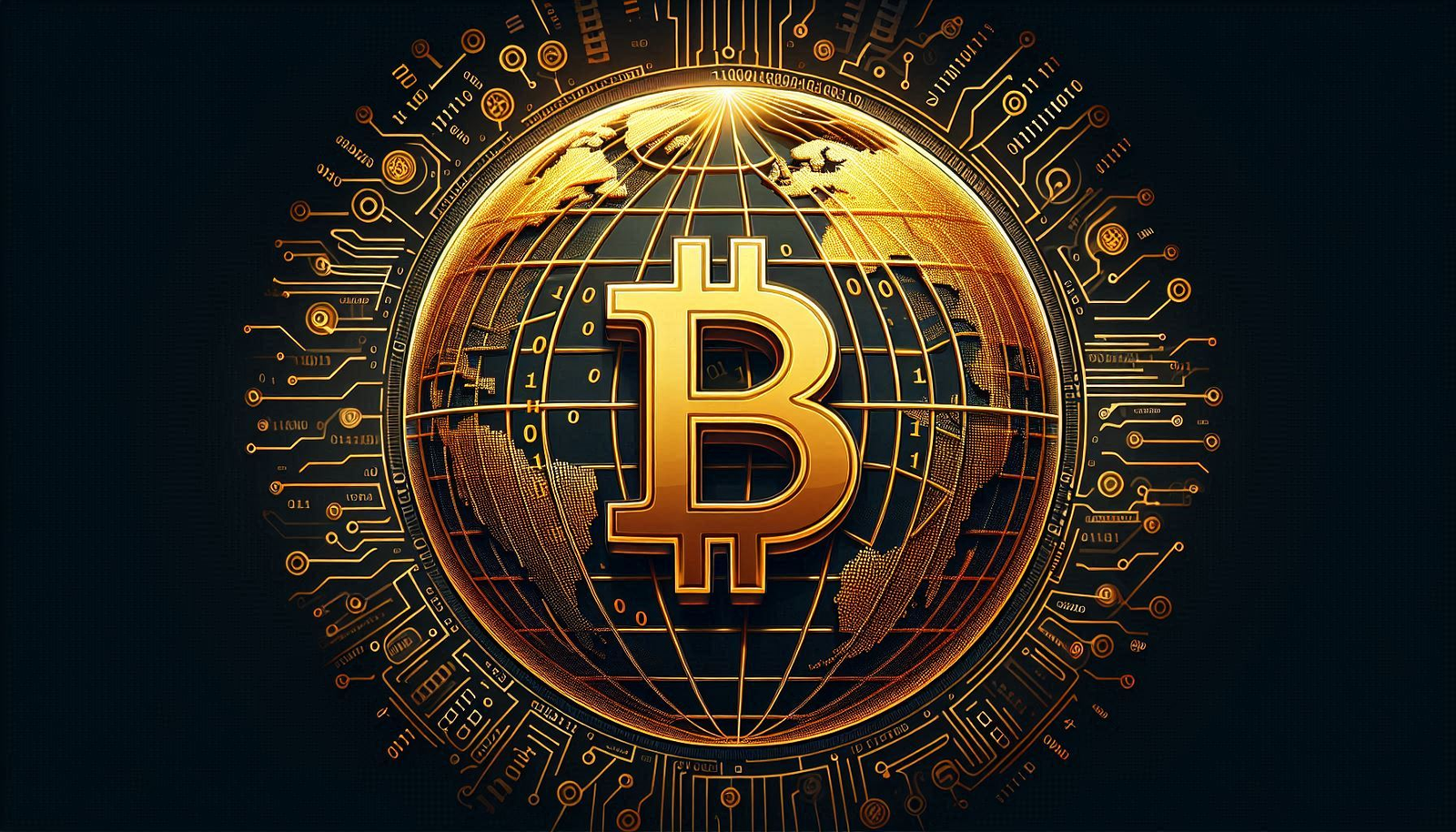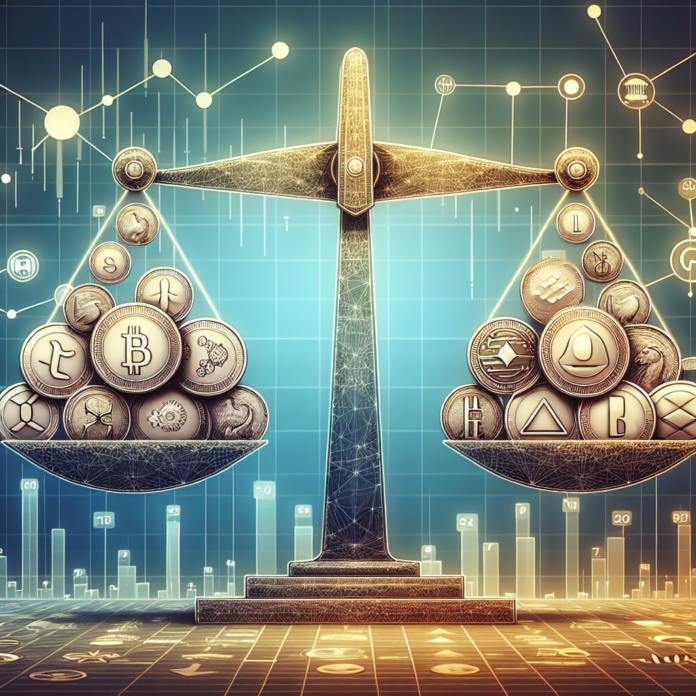Stablecoins and Their Vital Roles Within the Cryptocurrency Ecosystem According to The Quint
Stablecoins and Their Vital Roles Within the Cryptocurrency Ecosystem
Stablecoins have emerged as a fundamental component of the cryptocurrency landscape, offering a bridge between the volatile digital currency market and the stability of traditional financial systems. As digital assets pegged to stable reserves like fiat currencies, commodities, or even algorithms, stablecoins provide a reliable medium of exchange, unit of account, and store of value within the ever-evolving world of cryptocurrencies.
Understanding Stablecoins
Stablecoins are designed to mitigate the price volatility that is typically associated with cryptocurrencies like Bitcoin and Ethereum. By being pegged to stable assets such as the US dollar, gold, or a basket of assets, stablecoins maintain a steady value, making them an attractive alternative for traders and investors seeking to protect their holdings from unpredictable market swings.
Types of Stablecoins
There are several types of stablecoins, each with unique mechanisms to maintain their peg:
- Fiat-Collateralized Stablecoins: These are backed by a reserve of fiat currency held in a bank account. For example, each USDC or USDT token is purportedly backed by one US dollar.
- Crypto-Collateralized Stablecoins: These stablecoins are backed by reserves of other cryptocurrencies. They often require over-collateralization to account for the potential volatility of the backing asset. MakerDAO’s DAI is a prominent example in this category.
- Algorithmic Stablecoins: Unlike fiat or crypto-collateralized stablecoins, algorithmic stablecoins use algorithms and smart contracts to control the supply and stabilize the price. Terra’s UST was a famous example, although it faced significant challenges that highlighted risks in this category.
- Commodity-Backed Stablecoins: These are backed by reserves of tangible assets like gold or other precious metals. Tether Gold (XAUT) is an example, pegged to the price of gold.
Roles and Benefits of Stablecoins
Stablecoins play several crucial roles within the cryptocurrency ecosystem:
- Facilitating Transactions: Stablecoins offer a quick and cost-effective way to transfer value across borders without the need for traditional banking systems, making them ideal for remittances and cross-border payments.
- Providing Liquidity: They enhance liquidity in cryptocurrency markets by offering a stable trading pair, allowing traders to move quickly between volatile assets and stablecoins without exiting the crypto ecosystem.
- Enabling DeFi: Within the decentralized finance (DeFi) space, stablecoins are essential for lending, borrowing, and earning yield, providing the stability needed for these financial products to function effectively.
- Hedging Against Volatility: Investors use stablecoins to hedge against the high volatility of the crypto market, allowing them to preserve their portfolio’s value during market downturns.
Challenges and Future Prospects
Despite their benefits, stablecoins face regulatory scrutiny and concerns over transparency and reserve audits. Ensuring that stablecoins are fully backed by their pegged assets remains a key issue for regulatory bodies worldwide. As the demand for stablecoins grows, so does the need for robust regulatory frameworks to ensure their stability and integrity.
Looking ahead, stablecoins are expected to play an increasingly vital role in the global financial system. With advancements in blockchain technology and growing acceptance from institutions, stablecoins may pave the way for a more integrated and efficient financial ecosystem, bridging the gap between traditional finance and the burgeoning world of digital currencies.
In conclusion, stablecoins have proven to be an indispensable part of the cryptocurrency ecosystem, offering stability and utility in a market often characterized by uncertainty and innovation. As they continue to evolve, stablecoins will likely shape the future of finance, providing a stable foundation for the next generation of digital transactions.


